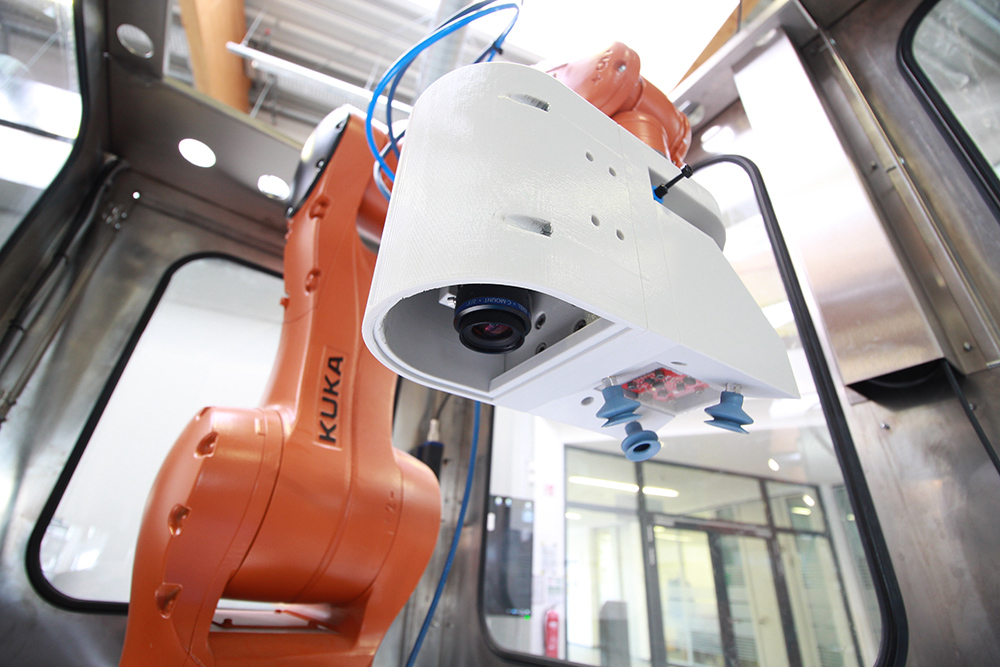Sensors are key components for the implementation of AI-based applications. In the context of Smart Factory and Smart City we develop intelligent sensor systems. These systems aim to collect process and environmental data in product manufacturing, process engineering, urban areas and for the protection of critical infrastructures, in order to evaluate these data in real time and to provide modern AI applications. As a result, a more efficient and economical operation of production plants and infrastructures can be achieved.
Based on artificial intelligence, we develop intelligent sensor systems for optical quality inspection, which are optimized for easy applicability in medium-sized companies. The result is a very fast and powerful configurable analysis functionality in comparison to classical model-based image processing.
 Fraunhofer Institute of Optronics, System Technologies and Image Exploitation IOSB
Fraunhofer Institute of Optronics, System Technologies and Image Exploitation IOSB 